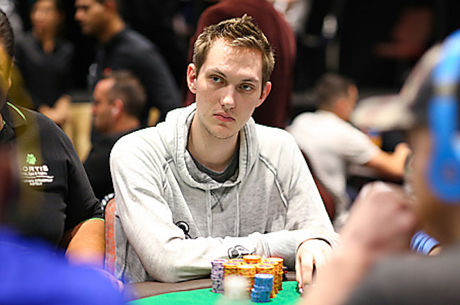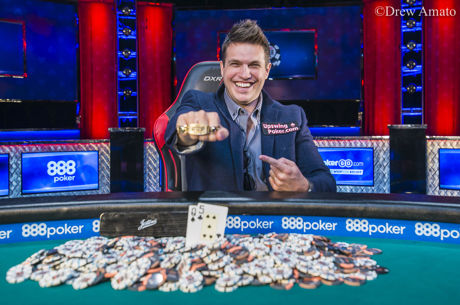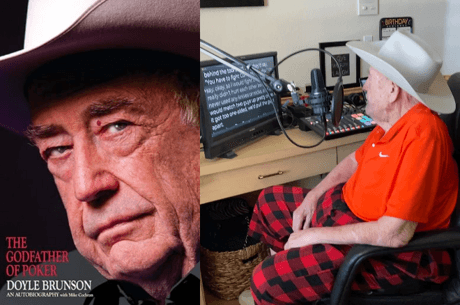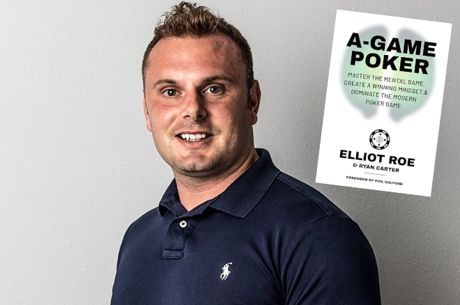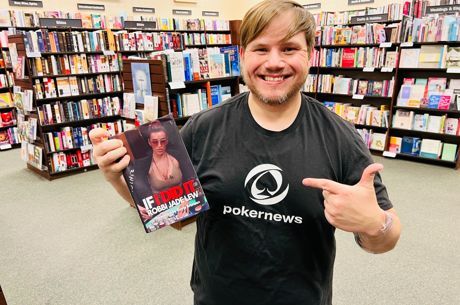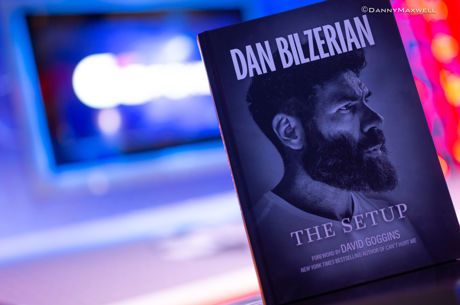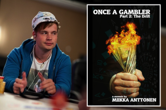PokerNews Book Review: 'Advanced Concepts in No-Limit Hold'em' by Hunter Cichy

Do you even GTO, bro?
In 2006 Bill Chen and Jerrod Ankenman wrote The Mathematics of Poker, a dense book that introduced readers to "game theory optimal" play. More recently, thanks to online wizards like recent $111,111 High Roller for One Drop winner Doug Polk and programs like PokerSnowie, our understanding of optimal play has advanced considerably.
It's a controversial topic. Indeed, the very term "GTO" intoxicates some, infuriates others and raises plenty of questions. How valuable, really, is game theory? What do all those numbers and formulas and decision trees mean?
Hunter Cichy's brand new book Advanced Concepts in No-Limit Hold'em: A Modern Approach to Poker Analysis offers some compelling answers to these questions.
Cichy, a Florida-based poker pro, coach, and founder of Check Shove Poker, sees optimal play as the starting point to success.
"This book is intended to show what GTO play looks like," Cichy writes. "Your ability to exploit Villain stems from determining when and how he's deviating from GTO play."
In order to "show what GTO play looks like," Cichy relies heavily on PokerSnowie. After running billions of simulations that evaluate possible outcomes for a finite number of bet sizes, PokerSnowie has developed GTO opening ranges that require mixed strategies to use. (So, too, have other "solvers" like PioSolver and GTORangeBuilder.)
For example, PokerSnowie might suggest that you open the button with Qx6x-suited 72 percent of the time and fold the other 28 percent of the time, or three-bet an UTG raise with Ax9x-suited 22 percent of the time and otherwise fold.
The first section of Advanced No-Limit Hold 'em, titled "Math," covers concepts like equity, pot odds, implied odds, minimum defense frequency, stack-to-pot ratio and combinatorics. Cichy, who seems to have an encyclopedic grasp of poker math and theory, proves an excellent guide for readers new to this material.
The next section, "Pre-flop," forms the core of the book. Here Cichy argues that four fundamentals �� card edge, skill edge, position and initiative �� pave the path to profitability.
Assuming a nine-handed table with 100-big blind stacks and a pot-sized opening raise, he provides PokerSnowie's default opening ranges from every position; isolation ranges against limpers from every position; defense ranges and squeezing ranges from the small blind, the big blind, the button and the cutoff; and three-bet, four-bet and five-bet ranges from most positions.
While some of these ranges may be irrelevant in live games �� when's the last time you've had to balance your five-betting range against the small blind? �� this section provides a comprehensive overview of pre-flop play.
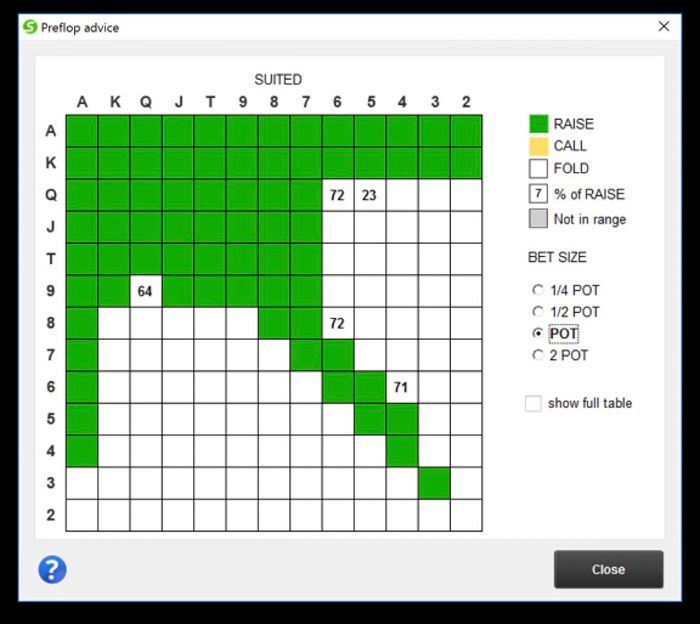
Okay, fine. PokerSnowie says to raise 36 percent of your hands on the button against optimal opponents. But how does that help against the drunk tourist who hasn't folded in thirty minutes?
Enter exploitative adjustments. Alongside PokerSnowie's default ranges �� which are "much tighter than what you'll see in real life" �� Cichy recommends adjustments for human opponents who, thankfully, aren't supercomputers. For instance:
- If the blinds are folding too often, you should open smaller and wider.
- If the blinds are calling too often, you should open bigger and wider.
- If the button is folding too often, you should open wider from the cutoff.
- If the button is flatting too often, you should open tighter from the cutoff.
Beyond these basic considerations, you should also three-bet larger against players who defend too liberally, and aggressively fold to four-bets from players who don't three-bet bluff.
"The whole idea is to inflate the size of the pot preflop artificially �� to magnify your equity and playability advantage against weak ranges �� so you can win bigger pots on later streets," Cichy explains. "Conversely, you should seek to cut your losses early in the hand against tight three-betting and four-betting ranges."
The final section, "Post-flop," covers concepts like reasons to bet, value-betting, checking back, barreling, leading the turn, check-raising and calling check-raises. Once again, Cichy reminds readers that optimal play isn't the goal �� it's the means to an exploitative end.
"You've got math, game theory, optimal check-raising ranges, and optimal calling ranges," he says. "But there's also a psychological element to poker. You have to ask yourself, 'Who is this guy, what is he thinking, and what is he capable of?'"
If you play live low-to-middle stakes poker, the answer is often "this guy's an amateur who isn't a thinking player or capable of much." As a result, consider bet-folding overpairs, even on dry boards �� an exploitative adjustment that makes more money than PokerSnowie's optimal strategies.
The list of adjustments, especially in live poker, goes on and on. This is the great value of Cichy's book. By using optimal play as a foundation, he replaces guesswork with structure and offers a comprehensive guide to no-limit hold 'em.
Hunter Cichy's Advanced Concepts in No-Limit Hold 'em: A Modern Approach to Poker Analysis is available via D&B Poker.

